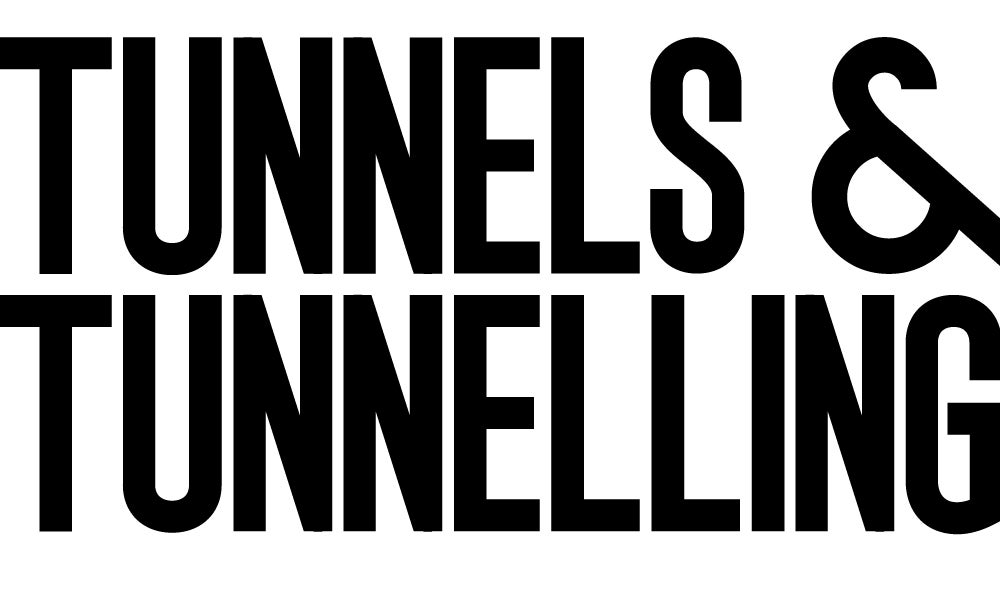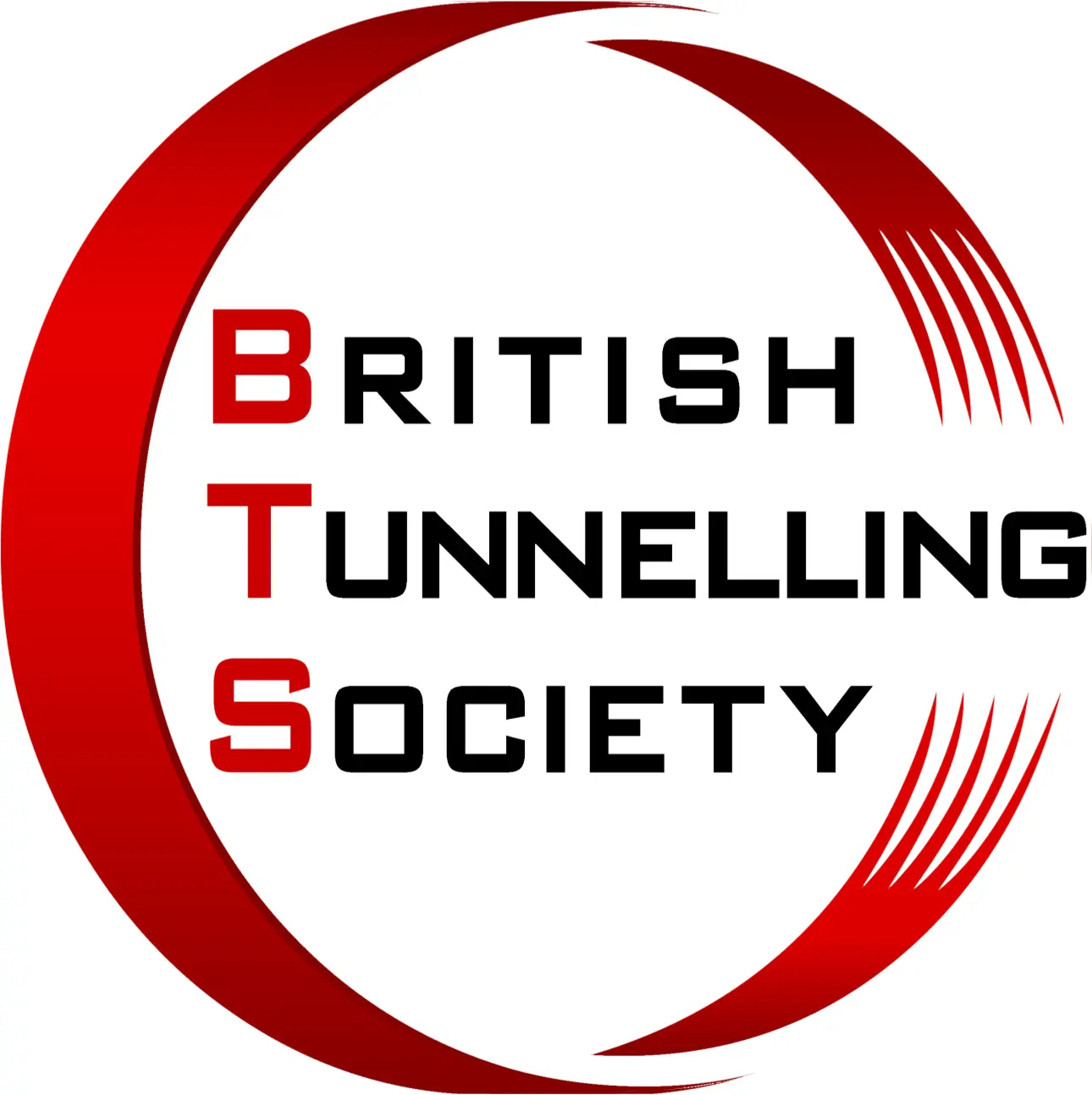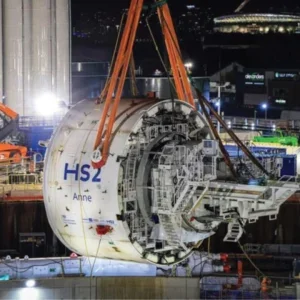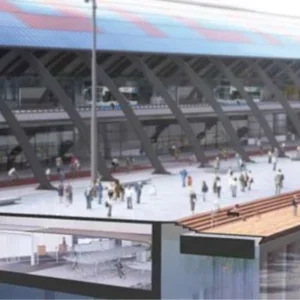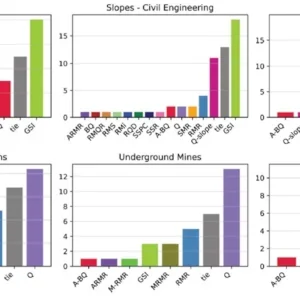Vienna’s sewer network consists of a combined system (wastewater plus storm water), a separate system (separate discharge of wastewater and storm water), and a partially combined system (draining sewage and storm water from paved surfaces). The network’s larger interceptors run mainly parallel to rivers, towards the Main Sewage Treatment Plant at Simmering, where treated wastewater is discharged into the Danube.
Dating back to 1830, interceptors LWSK and RWSK (figure 1) run along the left and right bank of the Wien River and can drain some 1.5m3/s of combined wastewater – a woefully inadequate capacity for today’s requirements. Currently, even light rainfall can lead to discharges, via 63 overflows, of combined wastewater from these two collection mains into the Wien River.
When the new 2.7km long, 7.5m i.d. Wien River Valley Collecting Sewer (WSKE) is completed in spring 2006, combined sewage – to a storage capacity of 110,000m3 – will be drained direct to the Main Treatment Plant thereby avoiding river contamination.
Work on Lot 02/03 of the WSKE, situated about 30m below the Wien River, started in May 2003. Fifteen overflow structures will be collected via five lateral line shafts, equipped with gate valves, and directed into the new deep-level sewer. The approximate cost of the contract is US$104M.
Geology – the underground conditions
Made ground extends down to 15m along the alignment. Beneath this is a layer of gravel, up to 10m thick, deposited by the river. These layers are relevant only to shaft construction, not the tunnel itself. Below the heterogeneous gravel is a layer of predominantly silt and clay from the late Tertiary, which has a very irregular upper surface due to erosion. The geology at the tunnel level consists of these clay and silt layers interspersed with pressurised water-bearing sand layers.
The decision to use an EPBM on the project resulted from a number of considerations. To build the tunnel using NATM would have involved considerable groundwater lowering, which could have caused uncontrolled settlements on the surface. The presence of a large number of historic buildings within the zone of influence precluded the use of this technique. As previously mentioned, the tunnel lies in fine grained sandy Tertiary sediments throughout its length. A well-equipped EPBM will be capable of boring through such silt and clay by creating an effective earth pressure using soil conditioning with water or chemical additives.
Another advantage of an EPBM is the ability to choose the consistency of the excavated material. That means the possibility of dry transportation of the excavated material by either conveyor belt or train mucking, and offers the possibility of eliminating muck storage, which would have required a lot of space.
Tunnelling
The 8.64m diameter Herrenknecht EPBM was supplied with 141 cutter teeth, 24 disc cutters and 16 scraper buckets. For conditioning the soil, a mixture of water and chemicals manufactured by Leuna-Tenside GmbH were used. These could be injected at the cutterhead, in the excavation chamber or in the screw conveyor.
Two independent systems were used to control the quantity of excavated material. Firstly, two conveyer belt scales allowed real-time control of the mass balance. The second system was a weighing device on the gantry crane at the start shaft.
The EPBM was advanced using 32 push rams, with a maximum advance force of 64,000kN. Annulus grouting was by means of six grouting lines integrated into the tail skin. Two parameters were used to determine whether the annulus was completely filled. Firstly, a specific theoretical amount of grout, 6m3 per ring, had to be pumped into the annulus; and, secondly, the injection pressure had to reach a specified value.
A feature of this EPBM is its core-drilling machine. This was designed to core horizontally 5m ahead of the EPBM into the water-bearing layers of sand. The cores obtained were used for preliminary investigation ahead of the EPBM and to determine the disposal category of the excavated material.
The start shaft is situated in the Stadtpark next to Vienna’s first district. For some years the Stadtpark has been a protected area and it was therefore necessary to limit the extent of the site facilities. In order to provide the necessary construction space, part of the Wien River was bridged over to provide an additional area of 1400m2. This bridge was the location of the most important facilities for tunnelling, such as workshops, segment storage and the tower crane.
The tower crane was used to supply the EPBM with segments from surface by lowering them onto the trains at the bottom of the start shaft. It also unloaded the incoming delivery trucks at the surface. A gantry crane was used to unload the muck skips; the muck was temporarily stored beside the shaft and then disposed of by trucks. That meant, on average, either a muck disposal or supply truck arrived every four minutes at the site – right in the middle of downtown Vienna!
The preliminary advance began on 26 August 2004 with the shielded head of the machine only. The first three backup sections, which housed the controls and power supply for the EPBM, were erected together on the surface beside the shaft. The excavated material was mucked using a conveyor.
Thanks to the GFRP reinforcement, penetration through the 1200mm diaphragm wall was not a problem. The first three backups were then lowered into the tunnel once the first 50m advance was completed. From then, control of the EPBM was from within the tunnel. Mucking of the excavated material changed to rail transportation and the average advance rate reached about 9m/day.
At advanced station 400 the remainder of the 136m long tunnelling machine was installed. A train station was then built in the start shaft to enable standard tunnelling to begin. A regular supply train consisted of six muck skips for excavated material (27m3 per skip), one wagon for grout (7m3), two wagons for segments and one diesel locomotive.
Since reaching station 400 the average advance rate has been 19.2m/day with a maximum output of 23 rings or 34.5m in 24 hours. The EPBM broke through into the reception shaft on 11 April 2005.
Precast segments
Tunnel support consists of a single reinforced concrete segmental lining, 1500mm wide and 400mm thick, with a double seal. Each tapered ring has five segments and a key. This allowed the use of one type of geometric segment design to negotiate every theoretical radius down to about 180m. The smallest radius to be encountered during the drive was 200m. As the tunnel was built with a single lining there were very high standards on impermeability. To avoid either ingress or egress of water, two layers of sealing were used to prevent water fluctuation up to 5 bar water pressure. The segments were placed by the EPBM’s vacuum erector and bolted together. The bolts were retained permanently only at the start and the end of the tunnel and at the lateral connections for stability reasons. Otherwise bolts were removed about 50m behind the shield. The bolt holes were then sealed for hydraulic reasons.
The concrete lining had to achieve a compressive strength of 50MPa and comply with Austrian standard ÖN B 4710-1; it was also designed to resist chemical attack. Segments were produced in 24 moulds in a continuous operation, with an average output of 60 segments/day. Some 10,400 segments were required.
Greatest challenge
The main reason for having such a deep tunnel was that it crossed many existing underground structures. The deepest crossing point was beneath the U1 metro line, near Karlsplatz. The WSKE was designed to pass below the U1 with a minimum clearance of just 3m. In order to protect the two tubes of the U1 (as well as a pedestrian underpass) from uncontrolled settlements and comply with the stipulation that services on the U1 must not be interrupted, the decision was made to jack up the two U1 tunnels.
The designer for this project chose the soilfrac method, which was carried out by subcontractor Keller-Grundbau. The operations had to be undertaken from the riverbed of the Wien, which flows in tunnel at this point (figure 2). The injection field had an area of about 700m2 and was divided into two parts, one for each metro tube. Two 1m high platforms were built within the Wien River tunnel, allowing drilling operations to take place with flows of up to 10m3/sec running below.
When the flow rate exceeded 10m3/sec the working platforms became flooded and the drilling machines had to be suspended from the Wien River tunnel roof. Advance warning was given by four water level gauges installed upstream, which automatically provided the workers 15 minutes notification of an impending flood.
The first step for this soilfrac method was to drill 84 x 140mm diameter boreholes with lengths between 17m and 23m. These boreholes had to be aligned extremely accurately to get very close to the two tunnels, but not impinge on them. The next phase was injection to obtain horizontal and vertical pre-stress as well as to cause the two tunnels to heave, i.e. jack them up. The amount of heave was determined at a trial section, where conditions were similar to those in the vicinity of Karlsplatz. In this trial, two triple extensometers, one directly above the crown and one 1m to the side of the WSKE tunnel, were installed. After passing this trial section with the EPBM, the heave of the two U1 tunnels was 4mm. Permanent automatic measurement devices were installed in the two U1 tunnels to control the heave. A single measurement cycle took about 10 minutes and the data was automatically transmitted to the site in order to control the soilfrac method. The injections started at the lateral steep grouting pipes (up to 90o) to provide an abutment and minimise the horizontal deformations of the U1 tunnels.
In a second step the grouting changed to the flatter pipes (60o), which were situated under the U1 tunnels and activated the heaving of the two tunnels. The result of this heaving was up to 5mm displacement of the U1 tunnels. This meant that the basic requirement for the passage of the sewer below was achieved. The EPBM took three days to pass beneath the two fully operational U1 tunnels and resulted in up to 2mm of settlement. As a result, the planned third step grouting was not required, as the work already undertaken by Keller Grundbau and the Porr/Bilfinger Berger JV had effectively stabilised the situation.
Summary and outlook
With some two thirds complete, it can be said that the choice of using an EPBM to drive the tunnel has been a good one, due to the good rates of progress, the minimisation of the construction period, improved safety on site for the workers and the avoidance of settlements to the surrounding property.
With the completion of construction lots 01, 02 and 03 of the WSKE about 3.5km of the required total length of about 11.8km is now in place. As of spring 2006, this collecting sewer will drain 60% of the combined wastewater to the sewage treatment plant. Due to the dense housing and underground structures in the city of Vienna this construction method is likely to be used for many relief sewers in the future.
Related Files
Figure 1
